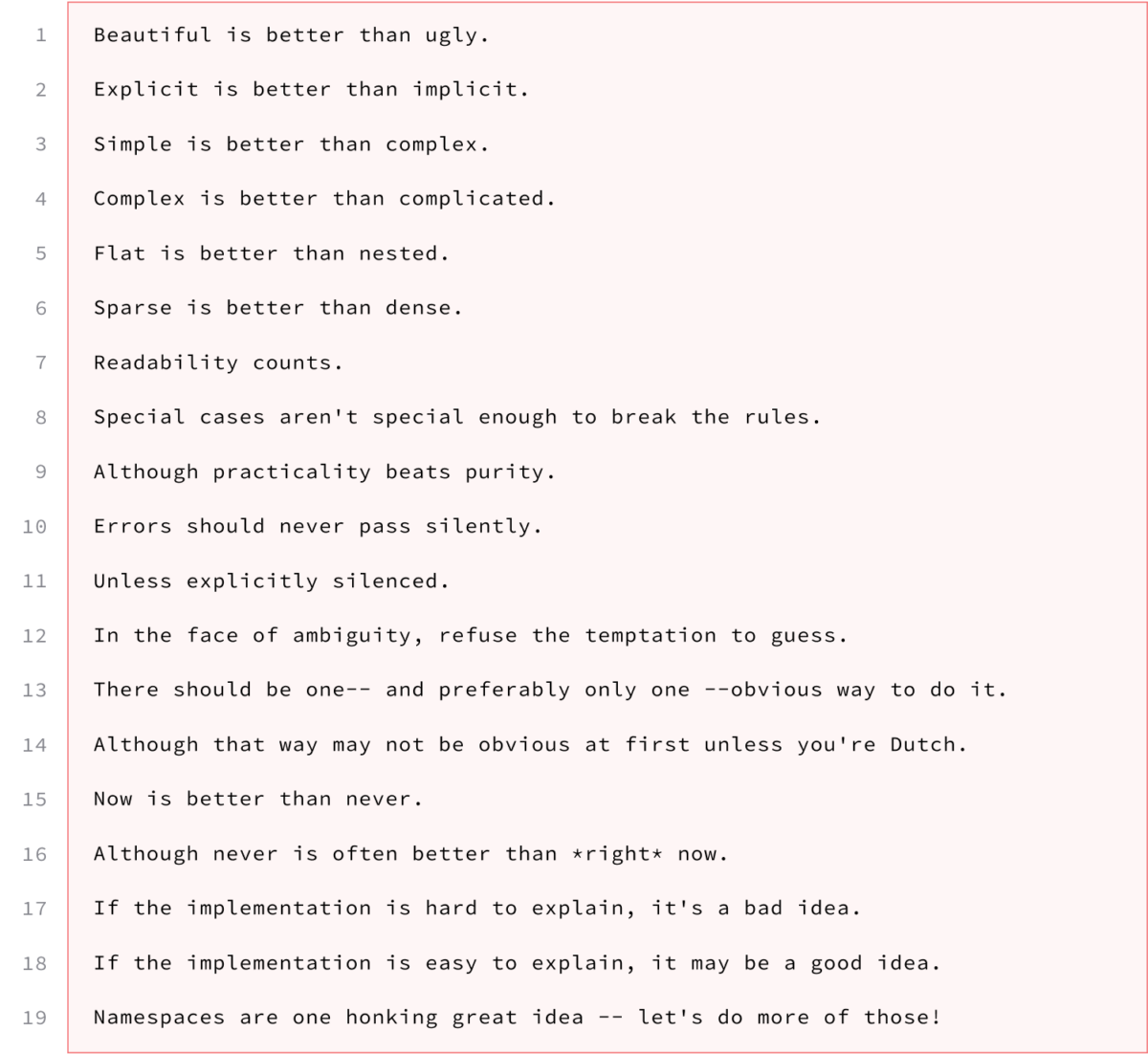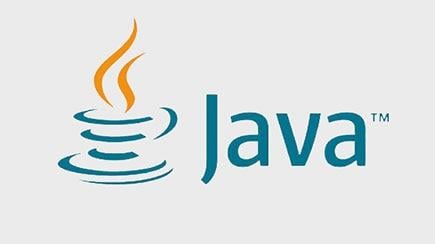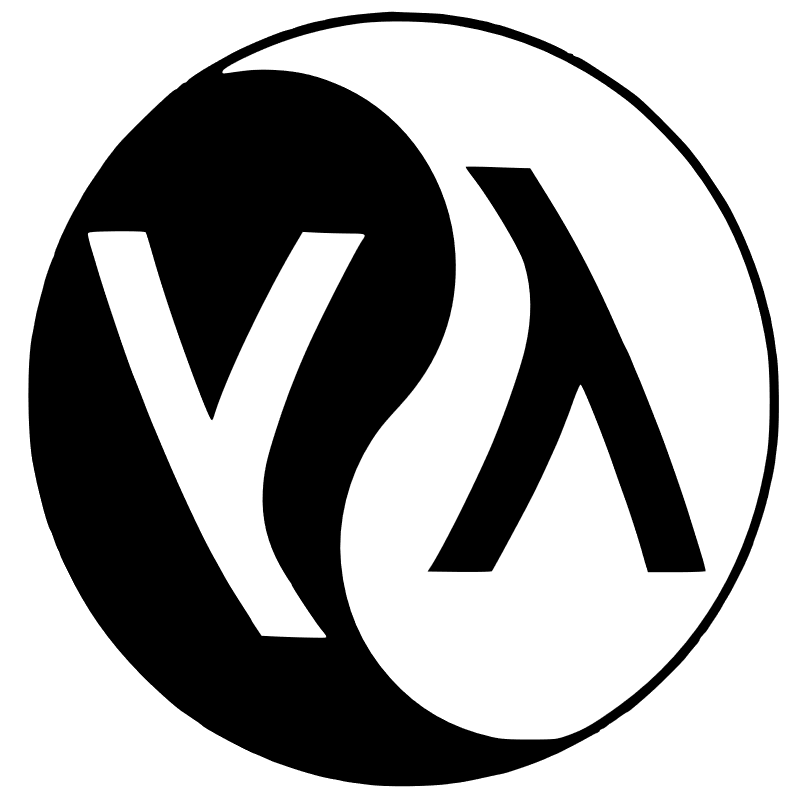If you’re new to the field of machine learning, the toughest part of learning machine learning is deciding where to begin. Whether you are trying to refresh your machine learning skills or making a career transition into machine learning entirely, it is natural to wonder which is the best language for machine learning. With over 700 different programming languages in widespread use, and each having its pros and cons, discovering which is the best language for machine learning is definitely a tough task. The good news, however, is that as you begin your journey as a machine learning engineer, you’ll start to discover which programming language will be most suitable for a business problem you are trying to solve.
Career coaches at Springboard often get asked these questions a lot from aspiring machine learning engineers –
- “What is machine learning exactly?”
- “How much programming knowledge should I have to begin a career in machine learning?”
- “Which is the best language for machine learning?”
- “What all programming languages should I learn to be competitive in this career?”
This blog post is aimed to provide answers to all these questions.
Best Language for Machine Learning – Top Five Programming Languages for Machine Learning
But let’s put first things first and understand what exactly is machine learning and how much programming is required to implement machine learning.
What is Machine Learning?
Machine learning is a subset of artificial intelligence that provides computer systems with the ability to automatically learn and make predictions based on the fed data. Predictions could be anything – whether the word “book” in a sentence means making an appointment or a paperback, whether an image has a cat or a dog, identifying if an email is a spam or not. In machine learning, a programmer doesn’t write the code that instructs the machine learning system on how to tell the difference between the image of a cat and a dog. Instead, machine learning models are developed that are taught how to differentiate between a dog and a cat by training on large samples of data (in this case, the system is fed with diverse and huge numbers of images labeled as cat and dog). The end goal of machine learning is to let systems learn automatically without human intervention and perform actions accordingly.
How Much Programming Knowledge is Required to Learn ML?
The level of programming knowledge required to learn machine learning depends on how you want to use machine learning. A programming background is needed if one wants to implement machine learning models to tackle real-world business problems while if someone wants to just learn the concepts of machine learning, math and statistics knowledge is enough. It completely depends on how you want to unleash the power of machine learning. To be precise, understanding the fundamentals of programming, algorithms, data structures, memory management, and logic is needed to implement ML models. With so many in-built machine learning libraries offered by various programming languages for machine learning, it is very easy for anyone with basic programming knowledge to get started with a career in machine learning. Even if you are not a pro at programming, there are several graphical and scripting machine learning environments like Weka, Orange, BigML, and others that let you implement ML algorithms without the need for hardcore coding but the fundamental of programming is a must.
Five Best Languages for Machine Learning
According to the industry experts at Springboard, there is no best language for machine learning, each is good where it fits best. Yes, there is no single machine learning language as the best language for machine learning. However, there are definitely some programming languages that are more appropriate for machine learning tasks than others. Many machine learning engineers choose a machine learning language based on the kind of business problem they’re working on. For instance, most of the machine learning engineers prefer to use Python for NLP problems while also preferring to use R or Python for sentiment analysis tasks, and some are likely to use Java for other machine learning applications like security and threat detection. Software engineers with a background in Java development transitioning into machine learning sometimes continue to use Java as the programming language in machine learning job roles.
Regardless of the individual preferences for a particular programming language, we have profiled five best programming languages for machine learning :
1. Python Programming Language

With over 8.2 million developers across the world using Python for coding, Python ranks first in the latest annual ranking of popular programming languages by IEEE Spectrum with a score of 100. Stack overflow programming language trends clearly show that it’s the only language on rising for the last five years.

The increasing adoption of machine learning worldwide is a major factor contributing to its growing popularity. There are 69% of machine learning engineers and Python has become the favourite choice for data analytics, data science, machine learning, and AI – all thanks to its vast library ecosystem that let’s machine learning practitioners access, handle, transform, and process data with ease. Python wins the heart of machine learning engineers for its platform independence, less complexity, and better readability. Below is an interesting poem “The Zen of Python” written by Tim Peters which beautifully describes why Python is gaining popularity as the best language for machine learning :

Python is the preferred programming language of choice for machine learning for some of the giants in the IT world including Google, Instagram, Facebook, Dropbox, Netflix, Walt Disney, YouTube, Uber, Amazon, and Reddit. Python is an indisputable leader and by far the best language for machine learning today and here’s why:
- Extensive Collection of Libraries and Packages
Python’s in-built libraries and packages provide base-level code so machine learning engineers don’t have to start writing from scratch. Machine learning requires continuous data processing and Python has in-built libraries and packages for almost every task. This helps machine learning engineers reduce development time and improve productivity when working with complex machine learning applications. The best part of these libraries and packages is that there is zero learning curve, once you know the basics of Python programming, you can start using these libraries.
- Working with textual data – use NLTK, SciKit, and NumPy
- Working with images – use Sci-Kit image and OpenCV
- Working with audio – use Librosa
- Implementing deep learning – use TensorFlow, Keras, PyTorch
- Implementing basic machine learning algorithms – use Sci-Kit- learn.
- Want to do scientific computing – use Sci-Py
- Want to visualise the data clearly – use Matplotlib, Sci-Kit, and Seaborn.
- Code Readability
The joy of coding in Python should be in seeing short, concise, readable classes that express a lot of action in a small amount of clear code — not in reams of trivial code that bores the reader to death – Guido van Rossum
The math behind machine learning is usually complicated and unobvious. Thus, code readability is extremely important to successfully implement complicated machine learning algorithms and versatile workflows. Python’s simple syntax and the importance it puts on code readability makes it easy for machine learning engineers to focus on what to write instead of thinking about how to write. Code readability makes it easier for machine learning practitioners to easily exchange ideas, algorithms, and tools with their peers. Python is not only popular within machine learning engineers, but it is also one of the most popular programming languages among data scientists.
- Flexibility
The multiparadigm and flexible nature of Python makes it easy for machine learning engineers to approach a problem in the simplest way possible. It supports the procedural, functional, object-oriented, and imperative style of programming allowing machine learning experts to work comfortably on what approach fits best. The flexibility Python offers help machine learning engineers choose the programming style based on the type of problem – sometimes it would be beneficial to capture the state in an object while other times the problem might require passing around functions as parameters. Python provides flexibility in choosing either of the approaches and minimises the likelihood of errors. Not only in terms of programming styles but Python has a lot to offer in terms of flexibility when it comes to implementing changes as machine learning practitioners need not recompile the source code to see the changes.
Get To Know Other Data Science Students
Ginny Zhu
Data Science Intern at Novartis
Lou Zhang
Data Scientist at MachineMetrics
Brandon Beidel
Senior Data Scientist at Red Ventures
2. R Programming Langauge

With more than 2 million R users, 12000 packages in the CRAN open-source repository, close to 206 R Meetup groups, over 4000 R programming questions asked every month, and 40K+ members on LinkedIn’s R group – R is an incredible programming language for machine learning written by a statistician for statisticians. R language can also be used by non-programmer including data miners, data analysts, and statisticians.
A critical part of a machine learning engineer’s day-to-day job roles is understanding statistical principles so they can apply these principles to big data. R programming language is a fantastic choice when it comes to crunching large numbers and is the preferred choice for machine learning applications that use a lot of statistical data. With user-friendly IDE’s like RStudio and various tools to draw graphs and manage libraries – R is a must-have programming language in a machine learning engineer’s toolkit. Here’s what makes R one of the most effective machine learning languages for cracking business problems –
- Machine learning engineers need to train algorithms and bring in automation to make accurate predictions. R language provides a variety of tools to train and evaluate machine learning algorithms for predicting future events making machine learning easy and approachable. R has an exhaustive list of packages for machine learning –
- MICE for dealing with missing values.
- CARET for working with classification and regression problems.
- PARTY and rpart for creating data partitions.
- randomFOREST for creating decision trees.
- dplyr and tidyr for data manipulation.
- ggplot2 for creating beautiful visualisations.
- Rmarkdown and Shiny for communicating insights through reports.
- R is an open-source programming language making it a highly cost-effective choice for machine learning projects of any size.
- R supports the natural implementation of matrix arithmetic and other data structures like vectors which Python does now. For a similar implementation in Python programming language, machine learning engineers have to use the NumPy package which is a clumsier implementation when compared to R.
- R is considered a powerful choice for machine learning because of the breadth of machine learning techniques it provides. Be it data visualisation, data sampling, data analysis, model evaluation, supervised/unsupervised machine learning – R has a diverse array of techniques to offer.
- The style of programming in the R language is quite easy.
- R is highly flexible and also offers cross-platform compatibility. R does not impose restrictions while performing every task in its language, machine learning practitioners can mix tools – choose the best tool for each task and also enjoy the benefits of other tools along with R.
3. Java and JavaScript

Though Python and R continue to be the favourites of machine learning enthusiasts, Java is gaining popularity among machine learning engineers who hail from a Java development background as they don’t need to learn a new programming language like Python or R to implement machine learning. Many organisations already have huge Java codebases, and most of the open-source tools for big data processing like Hadoop, Spark are written in Java.
Related: Best Javascript Courses to Grow Your Skills
Using Java for machine learning projects makes it easier for machine learning engineers to integrate with existing code repositories. Features like the ease of use, package services, better user interaction, easy debugging, and graphical representation of data make it a machine learning language of choice –
- Java has plenty of third party libraries for machine learning. JavaML is an in-built machine learning library that provides a collection of machine learning algorithms implemented in Java. Also, you can use Arbiter Java library for hyperparameter tuning which is an integral part of making ML algorithms run effectively or you can use Deeplearning4J library which supports popular machine learning algorithms like K-Nearest Neighbor and Neuroph and lets you create neural networks or can also use Neuroph for neural networks.
- Scalability is an important feature that every machine learning engineer must consider before beginning a project. Java makes application scaling easier for machine learning engineers, making it a great choice for the development of large and complex machine learning applications from scratch.
- Java Virtual Machine is one of the best platforms for machine learning as engineers can write the same code on multiple platforms. JVM also helps machine learning engineers create custom tools at a rapid pace and has various IDE’s that help improve overall productivity. Java works best for speed-critical machine learning projects as it is fast executing.
4. Julia

Julia is a high-performance, general-purpose dynamic programming language emerging as a potential competitor for Python and R with many predominant features exclusively for machine learning. Having said that it is a general-purpose programming language and can be used for the development of all kinds of applications, it works best for high-performance numerical analysis and computational science. With support for all types of hardware including TPU’s and GPU’s on every cloud, Julia is powering machine learning applications at big corporations like Apple, Disney, Oracle, and NASA.
Why use Julia for machine learning?
- Julia is particularly designed for implementing basic mathematics and scientific queries that underlies most machine learning algorithms.
- Julia code is compiled at Just-in-Time or at run time using the LLVM framework. This gives machine learning engineers great speed without any handcrafted profiling techniques or optimisation techniques solving all the performance problems.
- Julia’s code is universally executable. So, once written a machine learning application it can be compiled in Julia natively from other languages like Python or R in a wrapper like PyCall or RCall.
- Scalability, as discussed, is crucial for machine learning engineers and Julia makes it easier to be deployed quickly at large clusters. With powerful tools like TensorFlow, MLBase.jl, Flux.jl, SciKitlearn.jl, and many others that utilise the scalability provided by Julia, it is an apt choice for machine learning applications.
- Offer support for editors like Emacs and VIM and also IDE’s like Visual studio and Juno.
5. LISP

Founded in 1958 by John McCarthy, LISP (List Processing) is the second oldest programming language still in use and is mainly developed for AI-centric applications. LISP is a dynamically typed programming language that has influenced the creation of many machine learning programming languages like Python, Julia, and Java. LISP works on Read-Eval-Print-Loop (REPL) and has the capability to code, compile, and run code in 30+ programming languages.
Lisp is a language for doing what you’ve been told is impossible – Kent Pitman
LISP is considered as the most efficient and flexible machine learning language for solving specifics as it adapts to the solution a programmer is coding for. This is what makes LISP different from other machine learning languages. Today, it is particularly used for inductive logic problems and machine learning. The first AI chatbot ELIZA was developed using LISP and even today machine learning practitioners can use it to create chatbots for eCommerce. LISP definitely deserves a mention on the list of best language for machine learning because even today developers rely on LISP for artificial intelligence projects that are heavy on machine learning as LISP offers –
- Rapid prototyping capabilities
- Dynamic object creation
- Automatic garbage collection
- Flexibility
- Support for symbolic expressions
Despite being flexible for machine learning, LISP lacks the support of well-known machine learning libraries. LISP is neither a beginner-friendly machine learning language (difficult to learn) and nor does have a large user community like that of Python or R.
And the Award for the Best Language for Machine Learning Goes To…
I hope you have been able to know something about the best languages for machine learning. Remember that things change over time, and there’s no one-stop solution for every machine learning use case. The best language for machine learning depends on the area in which it is going to be applied, the scope of the machine learning project, which programming languages are used in your industry/company, and several other factors. Experimentation, testing, and experience help a machine learning practitioner decide on an optimal choice of programming language for any given machine learning problem. Of course, the best thing would be to learn at least two programming languages for machine learning as this will help you put your machine learning resume at the top of the stack. Once you are proficient in one machine learning language, learning another one is easy.
So, whether you want to master one programming language for machine learning or want to work with machine learning models in several different programming languages, the path to learning programming for machine learning is on the Springboard platform. Springboard offers 1:1 mentoring-led, comprehensive project-driven approach along with a job-guarantee in their machine learning career track program to help aspirants implement end-to-end machine learning algorithms from scratch while helping them learn right from the fundamentals of machine learning programming languages.
Since you’re here…Are you interested in this career track? Investigate with our free guide to what a data professional actually does. When you’re ready to build a CV that will make hiring managers melt, join our Data Science Bootcamp which will help you land a job or your tuition back!





